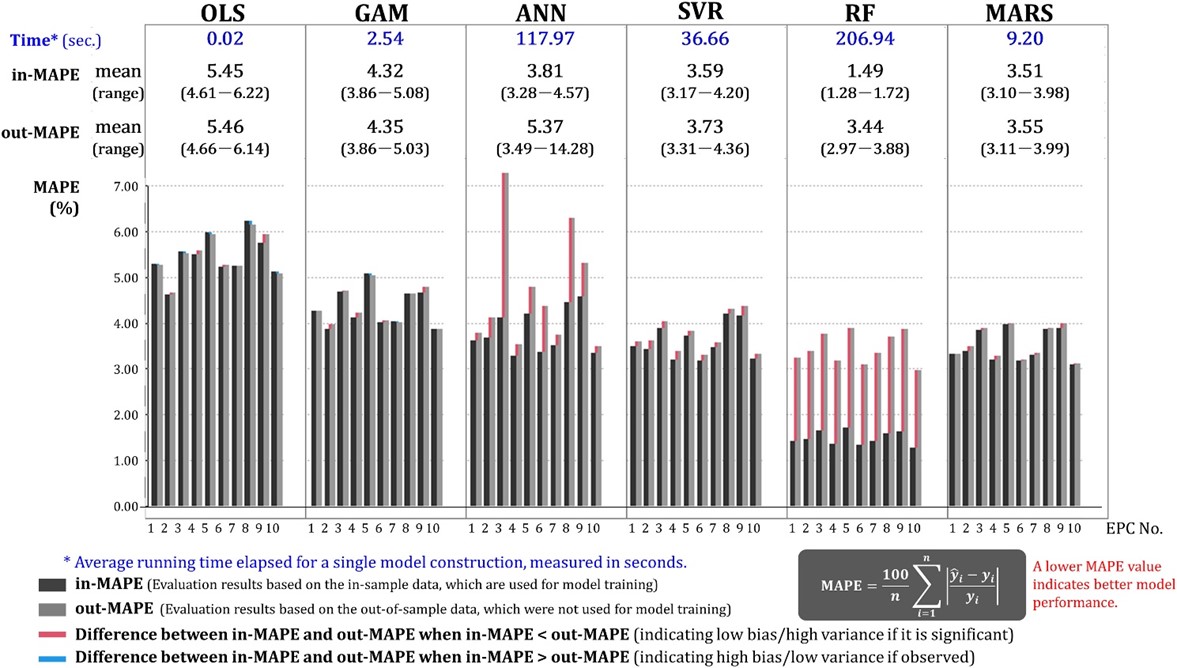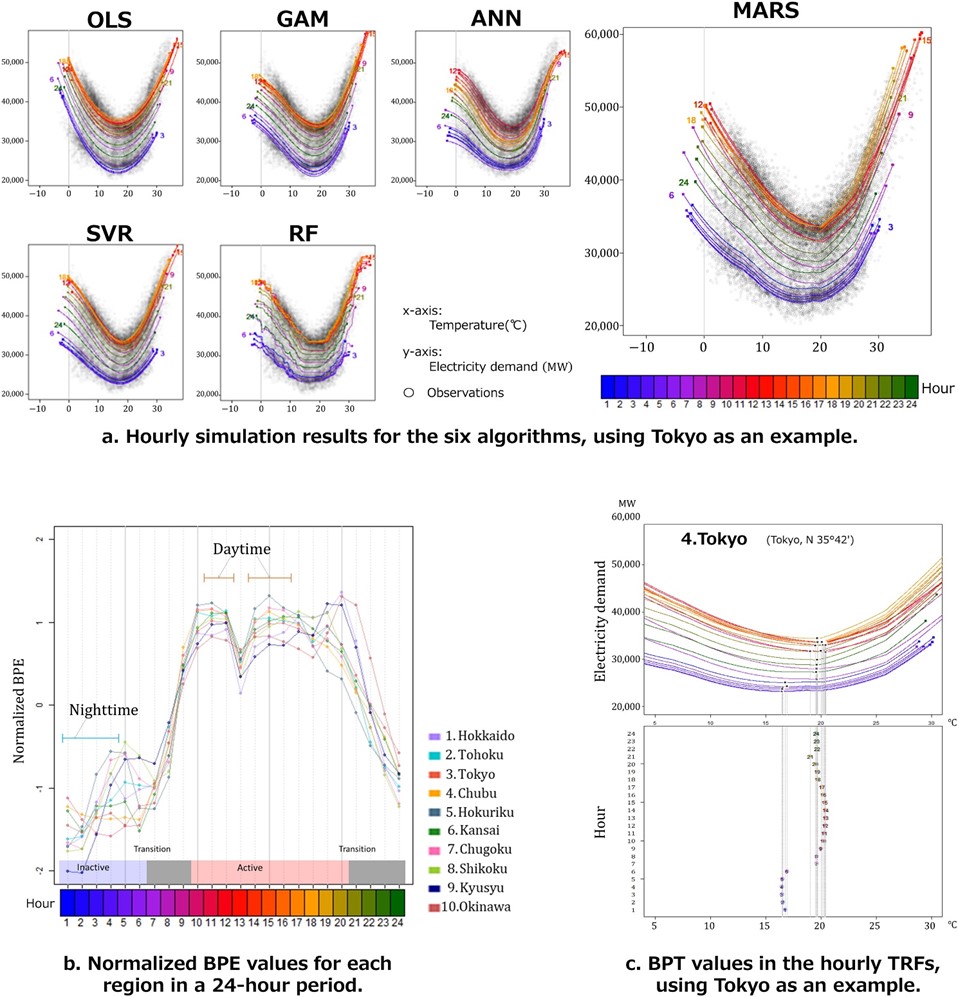Information of Paper
A novel method for acquiring rigorous temperature response functions for electricity demand at a regional scale
Authors:Yuki Hiruta, Lu Gao, Shuichi Ashina
Year:2022
Journal:Science of The Total Environment, Volume 819, 1 May 2022, 152893
Keywords
Temperature response function, Electricity demand, Temperature, Human activities, Multivariate adaptive regression splines (MARS), Climate change
Abstract
The demand for electricity affects the future climate through its effect on greenhouse gas emissions in the electricity generation process, but climate change also impacts electricity demand by changing the need for heating and cooling. Developing reliable temperature response functions (TRFs) that illustrate electricity demand as a function of temperature is key for decreasing uncertainty in future climate projections under a changing climate and for impact assessments of climate change on energy systems. However, this task is challenging because electricity demand is determined by multiple factors that interact in complicated ways because demand fluctuations represent timely human responses to given meteorological conditions. We propose a novel method to acquire reliable TRFs at a regional scale based on comprehensive modeling of electricity demand fluctuations. Six candidate algorithms were examined, and multivariate adaptive regression splines (MARS) was selected as the best algorithm with the dataset used (Fig.1). Using MARS, we constructed models with the capacity to precisely reproduce complex electricity demand patterns based on multiple predictors and simulated the impact of temperature on electricity demand while controlling for the effects of other factors. The temporal segments in TRFs are detected (Fig.2), and parameters and functional forms of TRFs for 10 regions in Japan were presented.


[1] Hiruta Y, Gao L, Ashina S. A novel method for acquiring rigorous temperature response functions for electricity demand at a regional scale. Science of The Total Environment 2022;819:152893.
doi:10.1016/j.scitotenv.2021.152893.




